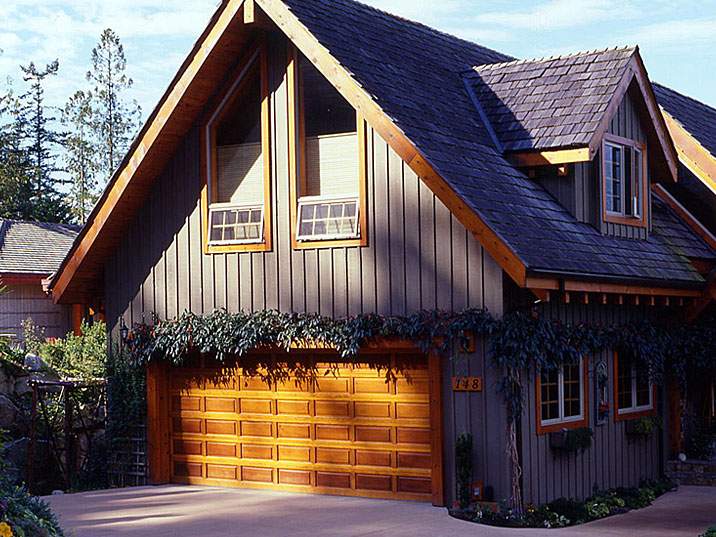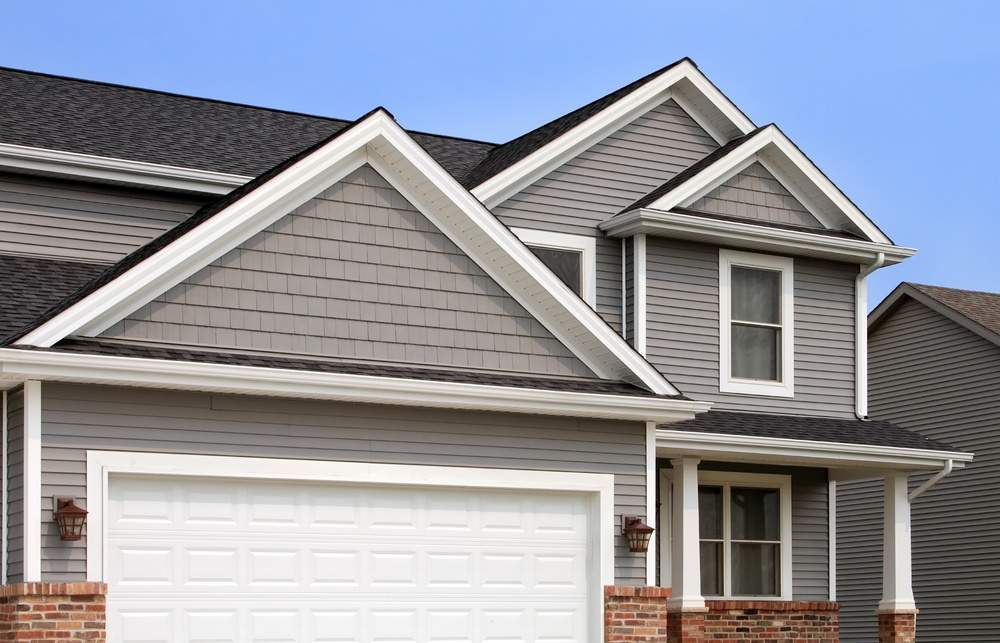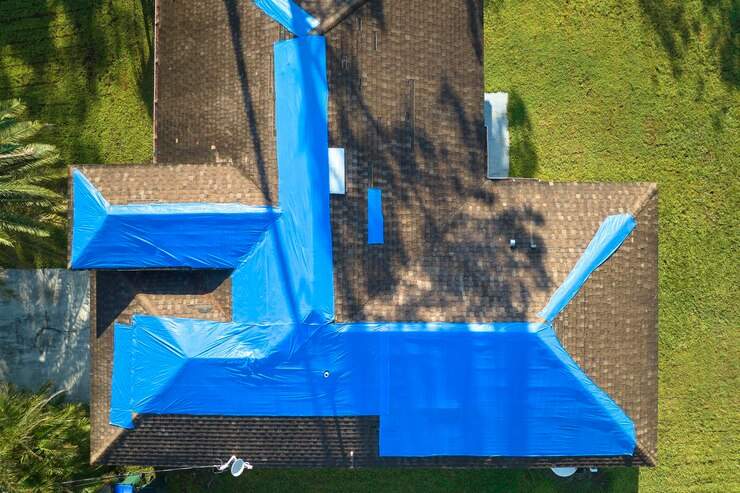Minnesota’s weather isn’t kind to roofs.
From harsh winter blizzards to heavy spring rains and summer heat waves, your roof takes a beating year-round. If you ignore small issues, they can quickly turn into expensive repairs—or even a full roof replacement.
So, how do you know when it’s time to call in a professional?
Here are nine warning signs that Twin Cities roofing experts say you should never ignore.
Key Takeaways
- Damaged or missing shingles after storms near Lake Minnetonka expose Twin Cities homes to harmful water leaks.
- Brown-yellow ceiling stains appearing after spring rains indicate leaks causing mold growth and potential structural damage indoors.
- Frequent winter ice dams around older St. Paul neighborhoods suggest attic insulation and ventilation problems causing roof damage.
- Sagging rooflines in Northeast Minneapolis homes signal structural weakness or rot due to Minnesota’s severe freeze-thaw conditions.
- Sunlight visible through attic boards reveals gaps allowing moisture, pests, and drafts, threatening home safety and energy efficiency.
9 Expert-Approved Signs It’s Time for a Replacement in the Twin Cities
Not sure if your roof is holding up?
Minnesota’s extreme weather—snow, ice, heavy rain, and high winds—can take a serious toll, even if damage isn’t immediately obvious. Here are the key warning signs Twin Cities roofing experts say you shouldn’t ignore.
1. Missing or Damaged Shingles
Strong winds, hail, and ice storms are common in the Twin Cities, especially in neighborhoods near open areas like Lake Minnetonka or the Mississippi River.
If you see cracked, curled, or missing shingles, your roof’s protective barrier is compromised. This makes your home vulnerable to leaks and winter damage.
After severe weather, do a quick visual check—or better yet, call a roofing expert for a roof inspection.
2. Water Stains on Ceilings or Walls
Those brownish-yellow stains on your ceiling or walls are a clear sign of a leak. Even a minor drip can lead to mold growth and structural issues if left untreated.
If you notice stains after a heavy rainstorm—especially during spring when melting snow increases water exposure—it’s time to take action.
3. Ice Dams in the Winter
Ice dams form when snow melts from your roof and refreezes at the edges, preventing proper drainage. This is a major issue in places like Summit Hill in St. Paul, where many homes have older roofing structures. They can force water under shingles, leading to interior damage.
Proper attic insulation and ventilation help prevent this issue, but if ice dams form frequently, it may be time to upgrade your roof.
4. Sagging Rooflines
Your roofline should be straight and solid.
If it looks uneven or dips in certain areas, it could mean structural problems like rotting decking or failing supports. Older homes in Macalester-Groveland and Northeast Minneapolis are especially prone to this due to years of Minnesota’s freeze-thaw cycles.
A sagging roof isn’t just cosmetic—it’s a serious safety concern.
5. Granules in Your Gutters
If your gutters are filling up with black or gray granules, your shingles are breaking down.
This is a sign of aging, especially after exposure to hailstorms and UV rays—both of which are common in Bloomington and Edina.
Without these protective granules, your shingles lose their ability to shield your home from water.
6. Moss or Algae Growth
While moss might add charm to historic homes in Stillwater, it’s bad news for your roof.
Moss traps moisture against shingles, which can lead to rot, while algae streaks can make your roof age faster. North-facing roofs or those shaded by trees—like in wooded areas of Minnetonka or White Bear Lake—are especially prone to this problem.
7. Higher Energy Bills and Drafty Rooms
Have your heating bills skyrocketed this winter?
Poor attic insulation or hidden roof leaks might be the cause.
Twin Cities homeowners rely on their roofs to keep the brutal cold out, but if your roof isn’t sealed properly, warm air escapes, forcing your furnace to work overtime.
A roofing expert can check for ventilation issues and insulation gaps.
8. Damaged Flashing Around Chimneys and Skylights
Flashing is the metal sealant around roof openings like chimneys, vents, and skylights.
If it’s cracked, bent, or missing, water can seep in—especially during Minnesota’s heavy spring rains. Homes in areas prone to snow buildup, like Maple Grove and Woodbury, often experience flashing damage as melting snow pools around these weak points.
9. Sunlight Coming Through Your Attic
If you can see daylight streaming through your attic boards, your roof has gaps that shouldn’t be there. Small openings allow moisture, pests, and cold air inside, making your home less energy-efficient and more prone to water damage.
Even minor holes can grow over time, leading to bigger problems down the road.
Don’t Wait—Protect Your Home with Expert Roofing Help
If you’ve noticed any of these warning signs, don’t wait until a small issue turns into a costly emergency. With Minnesota’s unpredictable weather, roofing problems can escalate quickly.
At Allstar Construction, we specialize in professional roof inspections, repairs, and replacements tailored to withstand Twin Cities weather. Whether you’re dealing with missing shingles, ice dams, or leaks, our expert team has the experience to keep your home protected.
Call us today at 763-373-1066 for a free roof inspection and get peace of mind before the next storm hits!



